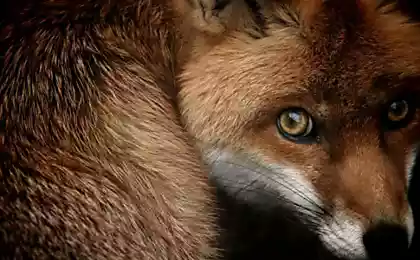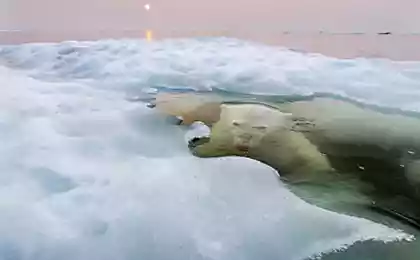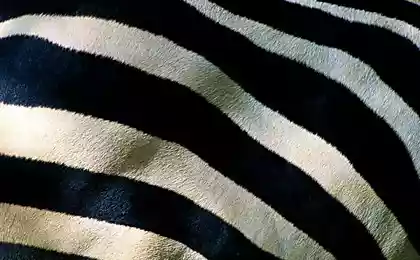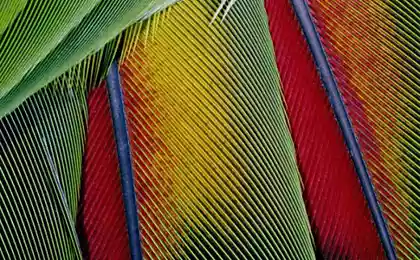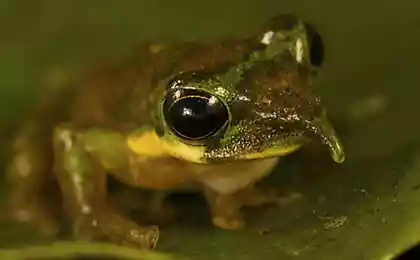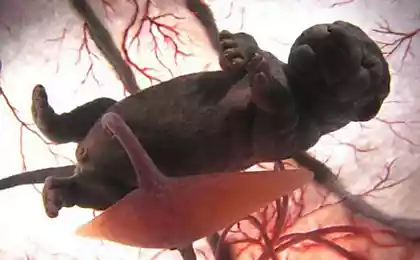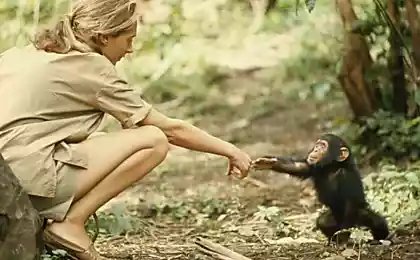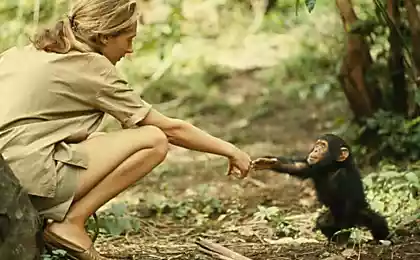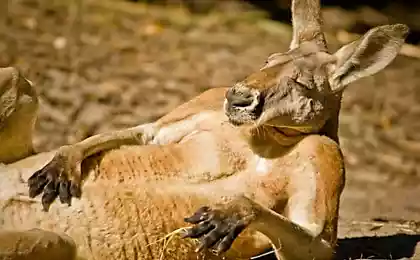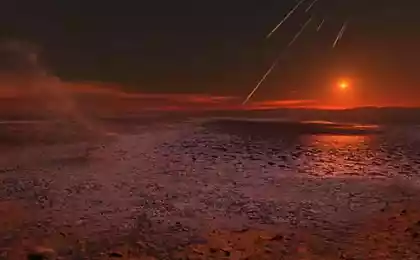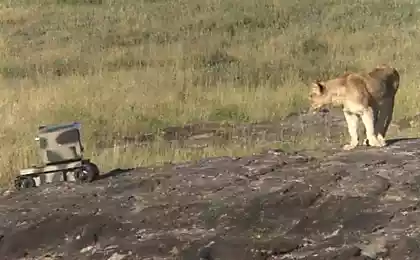221
The largest scientific discoveries of 2013 according to National Geographic
On the pure scientific front, many intriguing discoveries were made in 2013. Selected from a large number of applicants and, of course, not indisputable - here is a list of five favorites of National Geographic magazine.
1. Space has become more crowded
This year, researchers at Caltech have suggested that there are at least 100 billion exoplanets orbiting stars in the Milky Way. Of course, not all of them are places you want to live in. A November report from NASA's Keck Observatory suggests that one in five stars may have Earth-like planets in the "habitable zone." More recent climate studies of habitable zones suggest that this probability may be greatly inflated – but it is still a very large number of potentially habitable planets.
2. Human embryonic stem cells are cloned
After more than a decade of unsuccessful attempts, researchers at Oregon University of Science and Health have announced that they have finally succeeded in cloning human embryos and making stem cells from them. They also managed to grow them into specialized skin and heart tissue cells, a first step toward using them in transplant medicine. The key to the team's success, strange as it may sound, was adding caffeine to the cloning process.
3. Voyager has reached the edge of the solar wind
One of the biggest events of the year actually happened in 2012. The latest echoes of a pair of solar storms last September confirmed that NASA's venerable Voyager spacecraft did indeed enter interstellar space. NASA has long hoped to tell the world that this ancient probe, launched in 1977, reached the edge of the solar wind. Its twin brother, Voyager 2, is also expected to enter interstellar space soon.
4. Martian Lake May Have Once Contained Ancient Life
NASA's Curiosity rover continued its historic journey in 2013 and discovered that a long-extinct lake on the red planet could have supported life more than three billion years ago. This discovery largely justified NASA’s efforts to find habitable conditions on Mars. The $2.5 billion rover will travel to Mount Ostroy in the center of the Storm Crater, its original target after landing.
5. The Lord of the Rings is starting to look like a documentary.
The human family tree has suddenly released some curious sprouts after a year of research into ancient DNA and some fossils found. For example, as a result of excavations in the town of Dmanisi in Georgia, scientists announced that many seemingly different early human species appear to belong to the same species - Homo erectus. They made their claim based on the discovery of a 1.8 million-year-old skull that bears the imprint of a mixture of traits from both earlier and later species.
On the genetic front, what appeared to be a Neanderthal bone from a Spanish cave gave scientists the oldest DNA sequenced to date – and as it turned out, it belonged to another species of long-extinct early humans – Denisovans. At the same time, in the Denisova Cave in Siberia, where the first fossils of Denisovans were found in 2008, a toe bone that belonged to a Neanderthal woman about 140,000 years ago was discovered. All these findings suggest that ancient humans in prehistoric times interbred with Homo erectus, as well as with some early modern humans. This, in turn, means that many modern humans have a certain proportion of the genes of prehistoric humans in their genome.
Source: brainswork.ru
